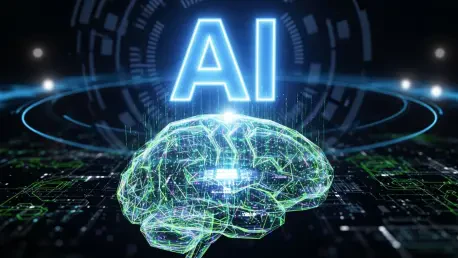
In an era where artificial intelligence shapes the backbone of software development, a staggering statistic emerges: over 70% of developers now rely on AI tools for coding tasks, highlighting the critical role of such technology. Amid this transformative landscape, Microsoft has taken a bold step

Understanding DevOps and the Rise of DaaS In today's fast-paced digital landscape, imagine a scenario where a mid-sized tech firm struggles to keep up with competitors due to sluggish software deployment cycles, spending months on pipeline configurations that rivals complete in days, revealing a

In an era where software development races against the clock to meet ever-growing demands, a staggering reality emerges: nearly 70% of the time spent on building and deploying software is consumed by tasks unrelated to coding itself, posing a critical challenge for DevOps teams. This inefficiency,

Imagine a world where every app, website, or digital interface doesn't just function seamlessly but also feels like it understands the user's emotions, resonating on a deeply personal level. This isn't a distant dream but a tangible reality being shaped by an innovative approach known as vibe

Introduction to MCP Servers in Frontend Development Imagine a world where frontend developers no longer grapple with the chaos of mismatched tools and custom integrations, but instead operate within a seamless ecosystem that connects every stage of their workflow. Model Context Protocol (MCP)

Imagine a development team spread across continents, each member working on a complex Qt-based application for automotive interfaces, struggling to maintain consistency in their environments due to varying local setups. This scenario is all too common in modern software development, where